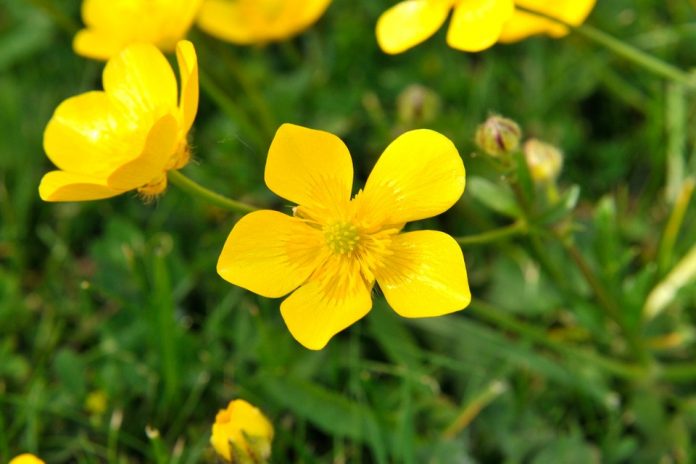When it comes to forbidden herbal remedies, you may think of cannabis or other such mind-altering drugs immediately. However, due to their intoxicating effects, there are many plants that are prohibited but also their invasive growing habits.
The U.S. Department of Agriculture (USDA) lists as many as 112 species that it classifies as ‘noxious weeds.’ Growing these plants is illegal, because they can seriously affect our local ecosystems. This condition is regrettable because many of them have important medicinal uses.
We discuss in this article the potential benefits of five plants which are banned for various reasons. But would those forbidden treatments be legal?
Related: How To Prepare Medicinal Pickled Garlic
1. Mormon Tea
Ephedra Viridis, the first plant on our list is more generally known as Mormon tea, or joint fir. This also has the most noticeable legal standing.
Native tribes traditionally used Mormon tea as a natural remedy for a variety of problems including backache, colds, weight loss, energy boosting, and kidney problems. This may also reduce blood pressure, which may result from certain antioxidants present in this tea. It’s also used by some tribes as a general tonic and blood purifier. The herb is better known today as decongestant.
This species is native to the USA’s south-western desert regions, and its green, upright branches stand out against the barren countryside. It is these parts that can be made into the Mormon tea beverage.
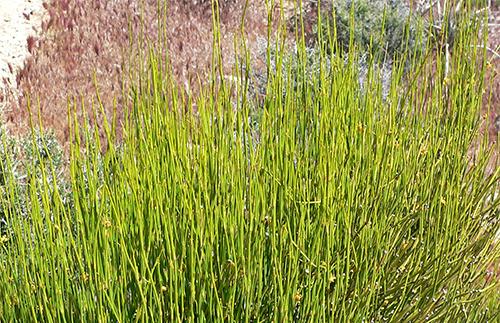
A close relative of Chinese ephedra, this plant contains active compounds called alkaloids. They have a calming effect, and were a common ingredient in diet pills and performance enhancers at one point.
The Food and Drug Administration (FDA) however banned the selling of products containing ephedra alkaloids in 2004. They stated that the supplements “present an unreasonable risk of disease or injury.” However, the plant itself is not banned and continues to grow freely in its natural habitat.
How To Make Mormon Tea
Ingredients
- 10 grams of dried leaves
- 2 cups of water
- sugar or honey (optional)
Instructions
-
Bring the water to a boil and then add the tea leaves.
-
Allow the mixture to steep for 10 minutes.
-
Remove from heat and allow the tea to cool for 2-3 minutes.
-
Strain the mixture into teacups, add sugar or honey if necessary, and enjoy!
2. Kratom
In the last few years Kratom has received a lot of press. It comes from a tropical tree called Mitragyna speciosa, and is often sold in the form of powder. While this substance is not technically illegal, it is often abused and is certainly one to watch.
It contains compounds called mitragynine and 7-a-hydroxy mitragynine which have a similar influence on the body to opioids. Mitragynine also interacts in order to act as a stimulant with other biological systems.
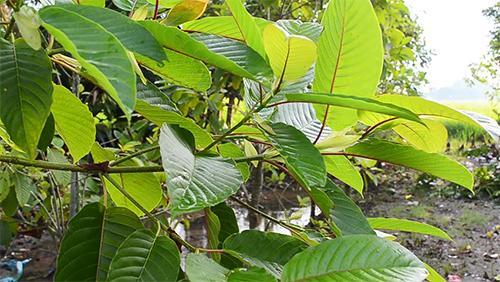
Kratom may increase strength and alertness in low doses. It can alleviate pain and produce sedation in higher doses. Worryingly, although some people enjoy these results, kratom can also pose significant health hazards.
Its side effects include nausea, vomiting, headaches and hallucinations. Also, the National Drug Abuse Institute has linked several deaths to the use of kratom. This has been used with other illegal substances, however, in most situations.
3. Creeping Buttercup
Buttercups are a common plant and there are several species. In the summer months, their yellow flowers are a common and much-loved sight. The ravenous buttercup (Ranunculus repens), however, may not be as innocent as it seems.
This species is highly invasive, and can also be harmful. It contains a toxin called protoanemonin, though this compound levels vary across different plants. Reports of livestock dying after eating creeping buttercups have been reported. Other ill-effects include excessive diarrhea and salivation.
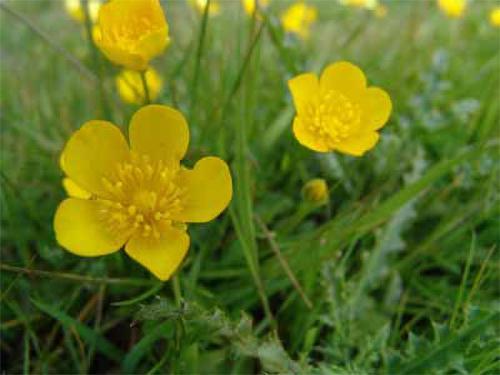
Even then, this plant could also have useful antibacterial effects. Evidence has shown that it can help combat many pathogens including, among others, Escherichia coli, Staphylococcus aureus, and Salmonella typhi.
With good reason, the vast majority of illegal plants got their status. They could potentially be harmful to human health or to the environment. Some of these plants do have very real benefits, though, should they be given the opportunity.
When you want to harvest and eat any of these species, just make sure that your identification is 100% confident. They also suggest that you consult with a professional herbalist before using it to make sure that these treatments are suitable for you.
Related: 5 Home Remedies for Diarrhea
4. Dodder
The dodder of the genus Cuscuta is another potentially useful plant with a ‘noxious weed’ status. This plant is particularly unusual because it has neither roots nor leaves. Instead, it functions as a worm, dependent on its host to provide nutrients to it. While it rarely destroys its host plant, dodder can reduce crop yields like alfalfa. Hence, in a variety of states this unusual species is banned.
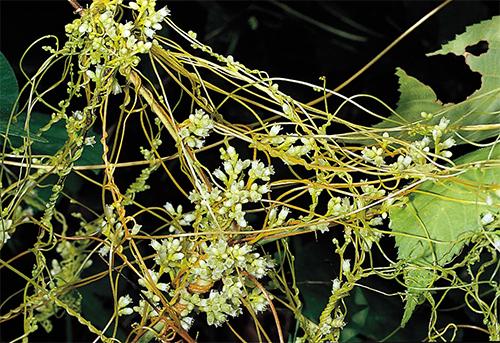
Even so, dodder may have some human health benefits. The seeds are a common ingredient in Chinese medicine, which nourish the liver, kidneys, and spleen. Modern research has found that dodder can have anti-hypertensive properties which reduce both blood pressure and heart rate.
5. Saint John’s Wort
St. John’s wort is a popular herb that can shock many people to include in our list of prohibited remedies. The Latin name is Hypericum perforatum, a small, shrubby plant with yellow flowers.
This is one of the most famous herbal remedies for depression, with many reports supporting its use. However, while using St. John’s wort, experts have advised caution as it can interfere with many other medicines. The herb can also be used as a topical treatment to facilitate wound healing. Many applications include sunburn, damage to the nerves, sore muscles, swelling, itching and varicose veins.
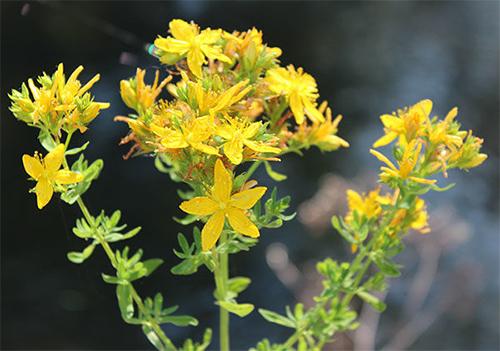
The plant is believed to originate from Greece, and has become highly invasive since its introduction to U.S. soil. This has an active root system and is well-known for crowding out more sensitive local wildlife. Despite this reason, it is listed in many different states as a noxious weed.
Oil can be made from St. John’s wort, because it is risky to apply St. John’s wort directly to the skin. It can cause extreme sensitivity to sunlight.
Ingredients
- St. John’s Wort fresh flowers and leaves (not dried)
- Olive Oil (Extra Virgin)
Directions
Traditionally, the flowers are picked on June 24, on St. John’s Feast. Typically, this is their most common time of year. Choose the flower buds that are just about to open, or just snip each plant’s flowers, buds and top few leaves and put them loose in a canning jar. (Sure there’s no plant matter above the oil level, or it’s going to spoil) and tighten the lid.
Now, put the jar 4-6 weeks into the sun. Shake the bottle as much as possible to get it mixed together properly. Then strain the oil after 4-6 weeks and put it in your medicine closet.
Take the tincture to treat chronic conditions for a prolonged period as needed.


